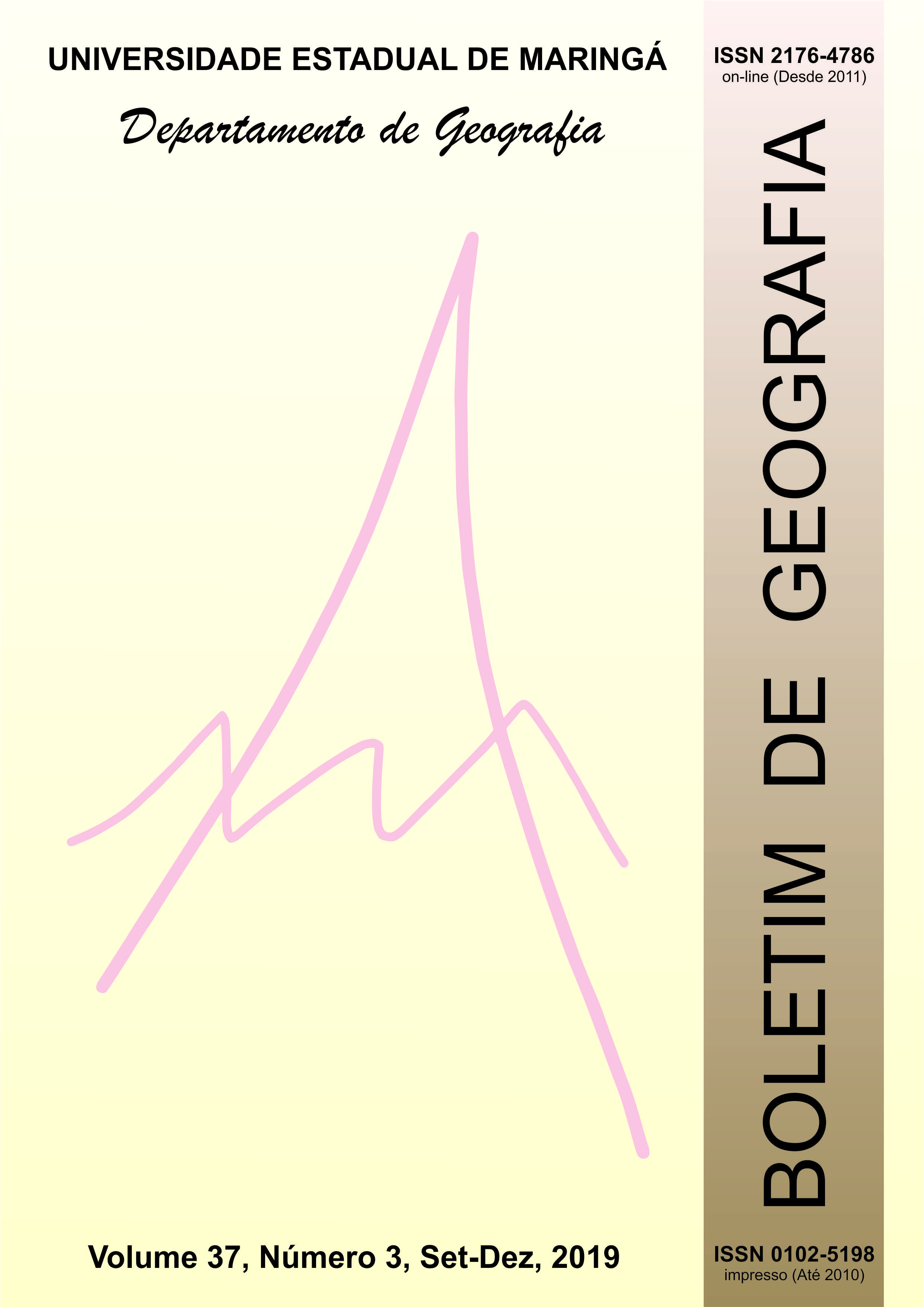A REGIÃO DO MATOPIBA: MODERNIZAÇÃO AGRÍCOLA, DINÂMICAS E TRANSFORMAÇÕES URBANAS, EM ESPECIAL OS CERRADOS PIAUIENSES
Abstract
The main purpose of this paper is to discuss and analyze the region called Matopiba in the regional planning and development extent, and socio-spatial transformations, highlighting the new dynamics in the urban economy from Bom Jesus and Uruçuí, two cities of Piauí agribusiness, new urban and population processes by the expansion and consolidation of technified agriculture. The methodology for the elaboration of this paper was based on the record’s reading of works and production of data sheets, as well as the search for data and information in public institutions, such as the Instituto Brasileiro de Geografia Estatística (IBGE), through the 2000 and 2010 Demographic Censuses, in addition IBGE Cidades website, and also research activities in the field and discussion in a research group. In this background, Matopiba was considered as a result of other regions, where the State’sacts it has a fundamental role in the construction of this region, privileging large hegemonic agents, such as wide transnational and national companies linked to agribusiness. The cerrados piauienses, which have been occupied most intensively since the first decade of the 21st century, are one of the examples in which we can bring to discussion is the socio-spatial changes taking place in Matopiba, with changes and socio-spatial transformations, as well as changes in local and regional scale at economic relations of the spatial area presented and in your urban characteristics, especially Bom Jesus and Uruçuí cities.
Downloads
O Boletim de Geografia está licenciado através da Creative Commons Atribuição 4.0 Internacional (CC BY 4.0).
Autores que realizam submissões ao Boletim de Geografia concordam com os sequintes termos:
- Autores retêm todos os direitos autorais e concedem à Revista direitos exclusivos da primeira publicação, com o artigo licenciado sob os termos da Creative Commons Atribuição 4.0 Internacional (CC BY 4.0).
- Após a publicação, fica permitido ao autor a republicação em qualquer outros meios de divulgação, desde que mencionada a fonte original.












